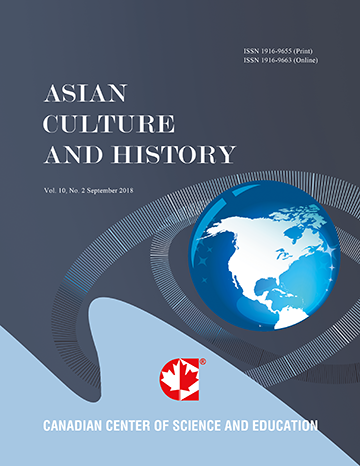Traditional Curry Pastes During Sukhothai to Ratthanakosin: The Subjective Experience of the Past and Present
- Taddara Kanchanakunjara
- Songkoon Chantachon
- Marisa Koseyayothin
- Tiwatt Kuljanabhagavad
Abstract
Although there are numerous studies about the traditional curry pastes and Thai food uses claims about the historical development can be divided into nine eras. The research has explored traditional curry pastes’ perceptions of such features and how these might relate to religion and a royal court. Perceptions of curry pastes are influenced by individual and societal factors, local raw materials, and raw materials along the trade routes. Thai food has been influenced by Indian curry and Chinese stir frying techniques. In fact, traditional curry pastes and Thai food has its own culinary style. The traditional curry paste in Sukhothai to Ratthanakosin is heavily influenced continued by religion and a royal court. Traditional curry paste usually contains fresh light flavors of lemongrass and kaffir lime skin and the soothing effect of coconut cream and coconut milk. The spice ingredients are used in curry paste may differ from home to home or region to region. The delicious spicy and hot Thai foods with a traditional blend of aromatic flavors are popular in the world. Usually Thai people eat three times a day includes meat, salads, soup, noodles, curry, and rice. All the recipes are in the collection of original Thai dishes such as a popular curry and also other curries traditionally processed Thai curry paste products named massaman curry called gaeng massaman and well known of hot and sour soup called tom yum.
- Full Text:
 PDF
PDF
- DOI:10.5539/ach.v7n1p175
Journal Metrics
Google-based Impact Factor (2017): 5.42
h-index (January 2018): 11
i10-index (January 2018): 21
h5-index (January 2018): 6
h5-median (January 2018): 9
Index
- Academic Journals Database
- CNKI Scholar
- COPAC
- EconPapers
- Elektronische Zeitschriftenbibliothek (EZB)
- Excellence in Research for Australia (ERA)
- Genamics JournalSeek
- Google Scholar
- Infotrieve
- LOCKSS
- MIAR
- NewJour
- Open J-Gate
- PKP Open Archives Harvester
- Publons
- RePEc
- Scilit
- SHERPA/RoMEO
- Standard Periodical Directory
- Technische Informationsbibliothek (TIB)
- The Keepers Registry
- Universe Digital Library
- WorldCat
Contact
- Ivan YongEditorial Assistant
- ach@ccsenet.org
